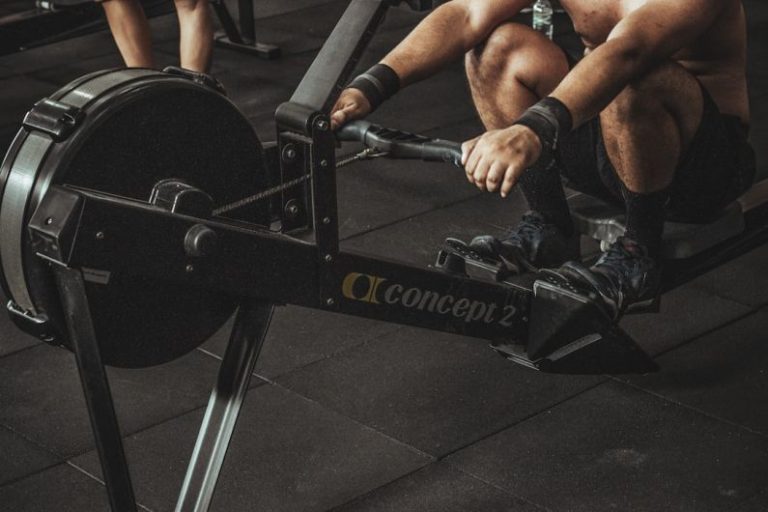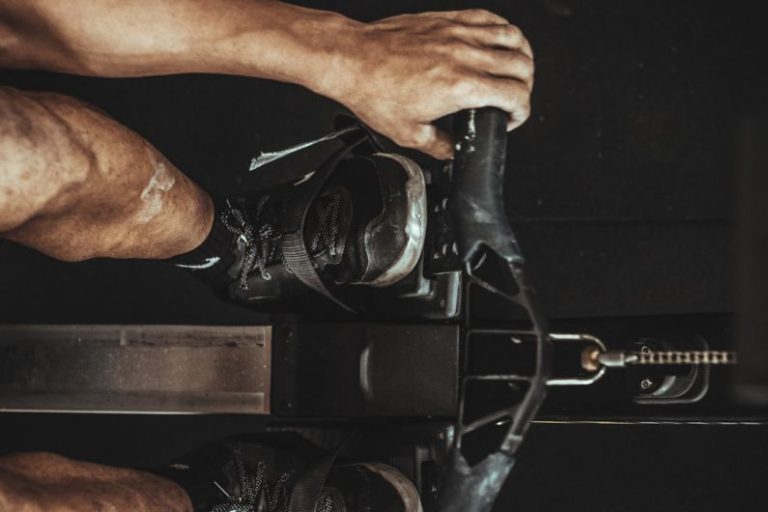
Shoulder injuries are a common concern among rowers due to the repetitive nature of the sport and the high level of strain placed on the shoulders during each stroke. To prevent these injuries and maintain optimal performance, rowers must incorporate specific techniques and strategies into their training routines. By focusing on proper form, strength training, flexibility exercises, and recovery practices, rowers can significantly reduce the risk of shoulder injuries and improve their overall performance on the water.
Proper Form
Maintaining proper form is crucial in preventing shoulder injuries in rowing. Incorrect technique can lead to unnecessary strain on the shoulders and increase the risk of overuse injuries. To ensure proper form, rowers should focus on maintaining a strong core, engaging the legs and back muscles, and using correct hand positioning on the oar handle. By keeping the shoulders relaxed and avoiding excessive shrugging or hunching, rowers can distribute the workload more evenly throughout the body and reduce the strain on the shoulders.
Strength Training
Incorporating strength training exercises into a rowing routine can help prevent shoulder injuries by improving overall muscle strength and stability. Targeting the muscles surrounding the shoulders, such as the deltoids, rotator cuff, and upper back muscles, can help support the shoulder joint and reduce the risk of overuse injuries. Exercises such as shoulder presses, rows, lateral raises, and external rotations can help strengthen the shoulder muscles and improve stability, ultimately reducing the risk of injury during rowing sessions.
Flexibility Exercises
Flexibility plays a crucial role in preventing shoulder injuries by ensuring proper range of motion and reducing the risk of muscle imbalances. Tight muscles can lead to poor biomechanics and increased strain on the shoulders during rowing strokes. Incorporating stretching exercises for the chest, shoulders, and upper back can help improve flexibility and prevent muscle tightness. Additionally, foam rolling and mobility exercises can help release tension in the muscles and improve overall joint mobility, reducing the risk of overuse injuries in the shoulders.
Recovery Practices
Proper recovery is essential for preventing shoulder injuries and optimizing performance in rowing. Adequate rest, hydration, and nutrition are key components of a successful recovery routine. Rowers should prioritize rest days to allow the muscles to recover and repair after intense training sessions. Additionally, incorporating foam rolling, massage, and ice therapy can help reduce inflammation and promote faster recovery of the shoulder muscles. Hydrating properly and fueling the body with nutrient-dense foods can also support muscle recovery and reduce the risk of fatigue-related injuries.
Cross-Training
Cross-training can be a valuable tool in preventing shoulder injuries by providing a well-rounded fitness routine that targets different muscle groups and movement patterns. Incorporating activities such as swimming, yoga, pilates, or strength training can help improve overall fitness, reduce muscle imbalances, and prevent overuse injuries in the shoulders. By diversifying their training regimen, rowers can enhance their overall performance on the water and reduce the risk of shoulder injuries associated with repetitive rowing movements.
Incorporating these techniques and strategies into a rowing routine can help prevent shoulder injuries, improve performance, and enhance overall health and well-being. By focusing on proper form, strength training, flexibility exercises, recovery practices, and cross-training, rowers can reduce the risk of overuse injuries and maintain a strong and resilient shoulder complex. Prioritizing shoulder health and injury prevention is essential for long-term success in rowing and ensuring a fulfilling and sustainable athletic career.





